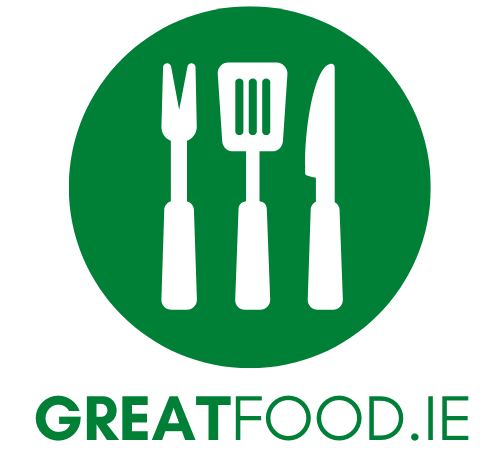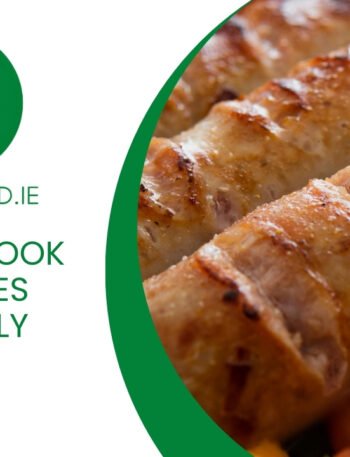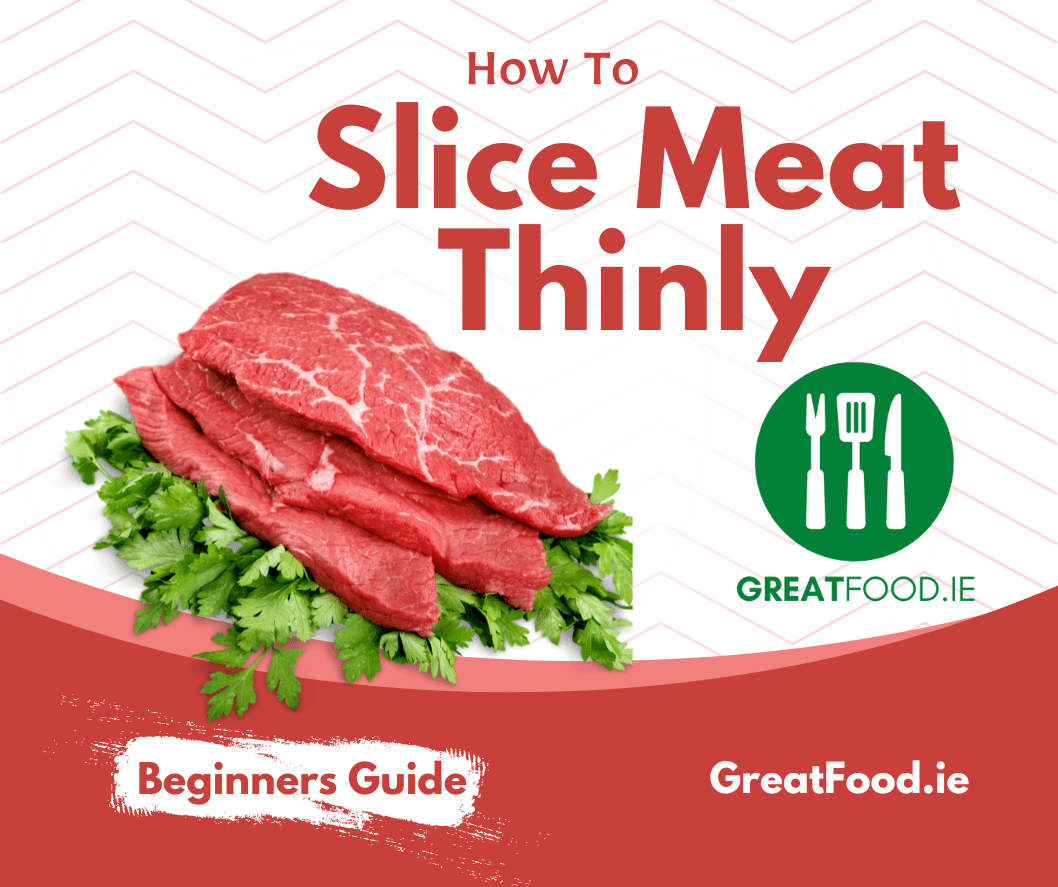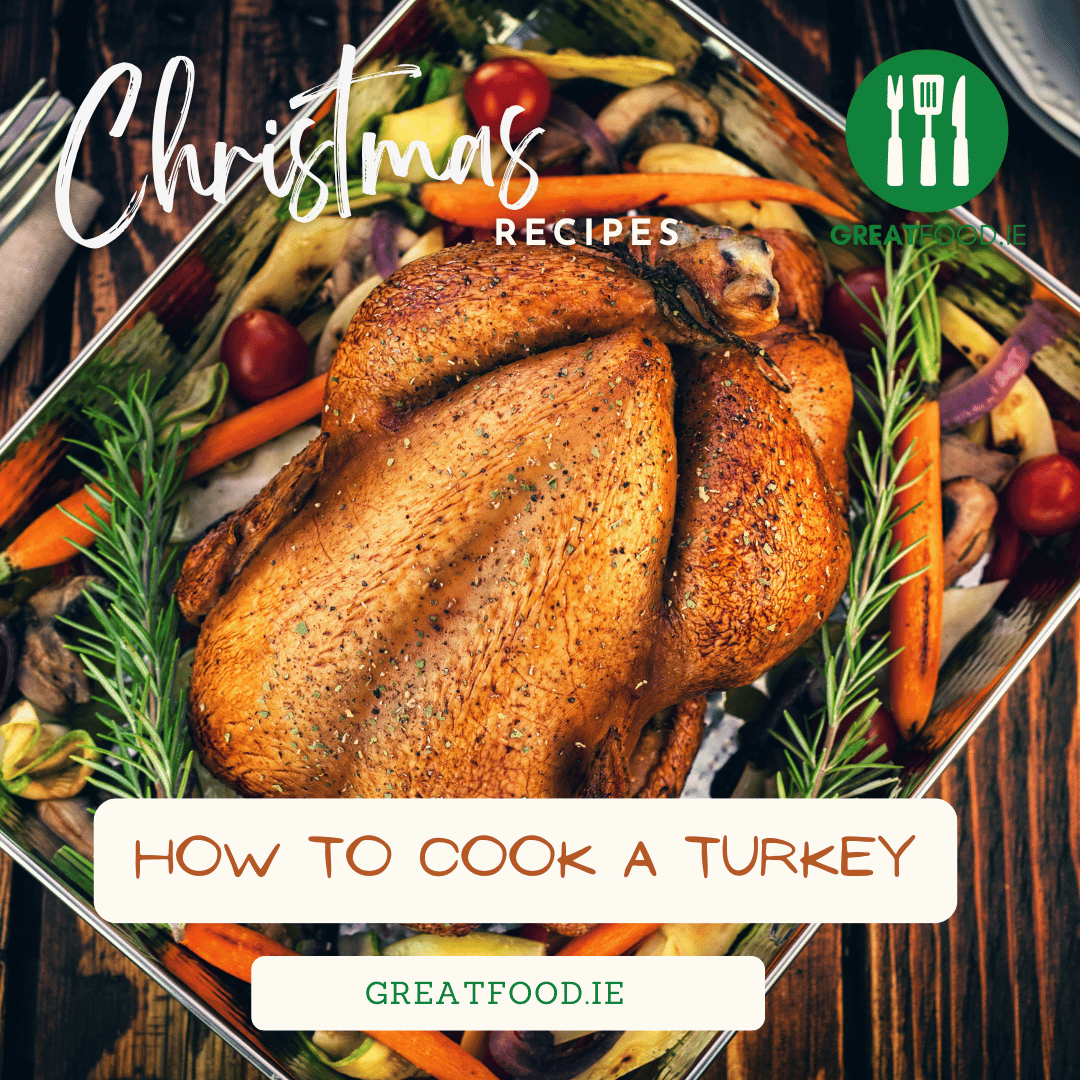“Converting Pan Sizes to Cups and Milliliters” Here at Great Food, we know the frustration of starting a baking project only to find you don’t have the pan size your recipe calls for. Fear not! We’ve got a handy guide that makes pan conversions a breeze. Understanding how to interchange different pan sizes without ruining your dessert is crucial for any baking enthusiast.
This we have created a comprehensive chart for the dimensions and volumes of various pans, including round, springform, loaf, and muffin pans, in both inches and centimeters, as well as in cups and milliliters. Whether you’re following a metric or imperial recipe, this guide helps you achieve perfect results by adjusting baking times and temperatures accordingly.
Have you ever found yourself in the middle of a baking project only to realize the specified pan size isn’t what you have on hand? It’s a common kitchen dilemma that can make or break your dessert. No need to panic and rush to the store! Let’s explore how to convert pan sizes to cups and milliliters to keep your baking adventure on track.
Need quick and accurate kitchen conversions? Check out our Recipe Unit Convertor
Understanding Pan Sizes and Volumes
When a recipe calls for a specific pan size, it’s not just playing hard to get. Different sizes hold different volumes, which affects the depth of the batter. This, in turn, impacts baking time and how the heat permeates through the batter.
Measuring Your Pan
First things first, it’s essential to measure your pan the right way. To get the pan’s dimensions, always measure from the inside edge to the inside edge, without including the thickness of the pan. For depth, stand a ruler straight up from the bottom without slanting it.
Determining Pan Volume
To determine the volume, fill the pan with water by the cupful until it reaches the brim. Keep track of how many cups you used; that’s the volume your pan holds. Knowing these facts helps in making intelligent substitutions.
The Basics of Pan Conversion
The ultimate goal in pan conversions is to maintain the same batter depth as the original recipe. This can often be achieved by keeping the pan area nearly the same.
Basic Conversion Formula
Here’s a simple conversion formula you can use:
[ \text{New Volume} \div \text{Original Volume} = \text{Scaling Factor} ]
The scaling factor helps you adjust the recipe to fit the new pan size accurately.
Example Conversion
Say, you want to use an 8 x 8 inch square pan instead of a 9-inch round pan. Let’s figure it out.
- 8 x 8 inch square pan: 64 square inches (since 8 x 8 = 64)
- 9-inch round pan: approximately 63.5 square inches ((\pi r^2 \text{ or } \pi \times 4.5^2 \approx 63.5))
Since 64 and 63.5 are pretty close, no drastic change in baking time or temperature is needed.
Converting Pan Sizes to Cups and Milliliters
Detailed Pan Sizes and Their Volumes
For those, like me, who like to keep things handy, here’s a detailed list of some common pan sizes and their corresponding volumes in cups and milliliters.
Round Pans
| Diameter (Inches) | Height (Inches) | Volume (Cups) | Diameter (cm) | Height (cm) | Volume (ml) |
|---|---|---|---|---|---|
| 6 | 2 | 4 | 15 | 5 | 948 |
| 8 | 1.5 | 4 | 20 | 4 | 948 |
| 8 | 2 | 6 | 20 | 5 | 1.4 liters |
| 9 | 1.5 | 6 | 23 | 4 | 1.4 liters |
| 9 | 2 | 8 | 23 | 5 | 1.9 liters |
| 10 | 2 | 11 | 25 | 5 | 2.6 liters |
Springform Pans
| Diameter (Inches) | Height (Inches) | Volume (Cups) | Diameter (cm) | Height (cm) | Volume (ml) |
|---|---|---|---|---|---|
| 9 | 2.5 | 10 | 23 | 6 | 2.4 liters |
| 9 | 3 | 12 | 23 | 8 | 2.8 liters |
| 10 | 2.5 | 12 | 25 | 6 | 2.8 liters |
Special-Shaped Pans
Ever tried using a heart-shaped or a bundt pan? These can be tricky when it comes to conversions.
Bundt Pans
| Diameter (Inches) | Height (Inches) | Volume (Cups) | Diameter (cm) | Height (cm) | Volume (ml) |
|---|---|---|---|---|---|
| 7.5 | 3 | 6 | 19 | 8 | 1.4 liters |
| 9 | 3 | 9 | 23 | 8 | 2.1 liters |
| 10 | 3.5 | 12 | 25 | 9 | 2.8 liters |
Heart-Shaped Pans
| Diameter (Inches) | Height (Inches) | Volume (Cups) | Diameter (cm) | Height (cm) | Volume (ml) |
|---|---|---|---|---|---|
| 8 | 2.5 | 8 | 20 | 6 | 1.9 liters |
Adjusting Baking Times and Temperatures
When you swap pans, the batter’s depth changes. This affects how the heat transfers through the batter, altering baking time and potentially the temperature.
Shallower Batter
A shallower batter allows heat to reach the center more quickly, causing quicker evaporation. To counteract this:
- Shorten the baking time.
- Increase the oven temperature slightly.
Deeper Batter
A deeper batter retains more moisture and takes longer to bake thoroughly. To address this:
- Extend the baking time.
- Lower the oven temperature slightly.
This adjustment helps to avoid over-browning and ensures the batter is cooked evenly.
Ideal Pan Substitutions
Finding the closest match to the original pan size will save you from making drastic adjustments. Here are some ideal pan substitutions to keep handy.
Rectangle to Square
- A 13 x 9 inch rectangle pan (14 cups) can be substituted with a 10 x 10 inch square pan (12 cups) with minimal adjustment.
Loaf to Round
- An 8 x 4 inch loaf pan (4 cups, equivalent to 948 milliliters) can be substituted with an 8-inch round pan (6 cups, equivalent to 1.4 liters) by adjusting recipe volumes accordingly.
Muffin Pans
Muffin pans are versatile, allowing you to make anything from cupcakes to mini quiches. Understanding the volume for different muffin sizes can be a lifesaver.
Muffin Pan Sizes
| Diameter (Inches) | Height (Inches) | Volume (Cups) | Diameter (cm) | Height (cm) | Volume (ml) |
|---|---|---|---|---|---|
| 1.75 | 0.75 | 1/8 | 4.5 | 2 | 30 |
| 2.75 | 1.125 | 1/4 | 7 | 3 | 60 |
| 2.75 | 1.5 | 1/2 | 7 | 4 | 120 |
| 3 | 1.25 | 5/8 | 8 | 3 | 150 |
Handy Conversion Tips
Here are some practical tips for when you’re caught in a pinch.
Half the Recipe? Use Smaller Pans
If you don’t need a full recipe worth of batter, consider using smaller pans. For instance, if your original pan is a 9 x 13 inch (14 cups), and you only need half, an 8 x 8 inch (6 cups) or a 9-inch round (6 cups) should work.
Double Recipe? Up the Pan Size
If doubling, a 9 x 13 inch pan can be substituted with two 8 x 8 inch pans. Conversely, smaller pans like a 6 x 2 inch can be swapped for a 9 x 2 inch when the recipe is doubled.
Conclusion
Changing pan sizes in baking doesn’t have to be an ordeal. By understanding pan volumes and utilizing some basic math, we can convert the size as needed without compromising our delicious outcomes. Remember to adjust baking times and temperatures slightly based on whether your batter ends up shallower or deeper. Keep these tips and tables at your fingertips, and you’ll be ready to tackle any recipe…even when your ideal pan isn’t clean or in sight.
So next time you find yourself scrambling for the right-sized pan, you can convert and bake on with confidence! Doesn’t that sound like a plan?
FAQ: Baking Pan Conversion Guide
Q: Why is it important to convert pan sizes accurately?
A: Different pan sizes hold varying volumes, which affects the depth of the batter and, consequently, the baking time and heat distribution. Accurate conversion ensures your baked goods cook evenly and maintain the intended texture and flavor.
Q: How do I measure my baking pan correctly?
A: To measure a baking pan, measure from the inside edge to the inside edge, excluding the thickness of the pan. For the depth, place a ruler straight up from the bottom without tilting it.
Q: How can I determine the volume of my pan?
A: Fill your pan with water one cup at a time until it reaches the brim. The number of cups used equals the volume of your pan. This helps in making accurate substitutions.
Q: What is the basic formula for converting pan sizes?
A: Use the formula:
New Volume÷Original Volume=Scaling Factor\text{New Volume} \div \text{Original Volume} = \text{Scaling Factor}New Volume÷Original Volume=Scaling Factor
The scaling factor helps adjust the recipe to fit the new pan size accurately.
Q: How should I adjust baking times and temperatures when swapping pans?
A: For a shallower batter, shorten the baking time and increase the oven temperature slightly. For a deeper batter, extend the baking time and lower the oven temperature slightly to ensure even cooking.
Q: Can I substitute a rectangular pan for a square one?
A: Yes, a 13 x 9 inch rectangle pan (14 cups) can be substituted with a 10 x 10 inch square pan (12 cups) with minimal adjustment.
Q: What if I want to halve or double my recipe?
A: To halve a recipe, use smaller pans like an 8 x 8 inch or a 9-inch round pan. To double a recipe, you can use two 8 x 8 inch pans or switch from a smaller pan to a larger one like a 9 x 13 inch.
Q: Are there specific considerations for using special-shaped pans like bundt or heart-shaped pans?
A: Special-shaped pans can be tricky. Ensure you know their volume and adjust your recipe accordingly. For bundt pans, for example, an 8-inch pan holds about 6 cups (1.4 liters), while a 10-inch pan holds about 12 cups (2.8 liters).
Q: How do I substitute a loaf pan with a round pan?
A: An 8 x 4 inch loaf pan (4 cups) can be substituted with an 8-inch round pan (6 cups) by adjusting the recipe volumes to match the new pan.
Q: What are the standard volumes for muffin pans?
A: Standard muffin pan sizes and their volumes are:
- Mini muffin: Diameter 1.75 inches, Height 0.75 inches, Volume 1/8 cup (30 ml)
- Standard muffin: Diameter 2.75 inches, Height 1.25 inches, Volume 1/4 cup (60 ml)
- Jumbo muffin: Diameter 3.25 inches, Height 1.25 inches, Volume 1/2 cup (120 ml)
Q: Any tips for converting pan sizes in a pinch?
A: If you need to halve a recipe, use a smaller pan like an 8 x 8 inch. For doubling, use a larger pan or multiple smaller pans. Adjust baking times and temperatures slightly based on the new batter depth.
See also:
Slow Cooker: Times, Tips & Techniques
Additional Resources for Baking Pan Conversions
To enhance your baking skills and ensure accurate pan conversions, check out these valuable resources:
- Allrecipes: How to Convert Pan Sizes for Baking
- This guide covers a variety of pan substitutions and includes a handy infographic for quick reference. It also provides tips on how to measure your pan’s capacity and adjust baking times accordingly.
- Allrecipes Conversion Guide (Allrecipes).
- Sally’s Baking Addiction: Cake Pan Sizes & Conversions
- Sally’s Baking Addiction offers an in-depth explanation of how to substitute different cake pans, including a detailed chart of common pan sizes and their capacities. The site also provides practical tips on adapting recipes and adjusting baking times.
- Sally’s Baking Addiction Conversion Chart (Sally’s Baking Addiction).
- Julie Blanner: Baking Pan Sizes + Baking Pan Conversion Chart
- Julie Blanner’s resource features a comprehensive conversion chart and advice on substituting pans without altering the quality of your baked goods. It also includes a free printable conversion chart for easy reference.
- Julie Blanner’s Conversion Chart (Julie Blanner).
These resources will help you master the art of baking pan conversions, ensuring your recipes turn out perfectly every time. Happy baking!
Yum









